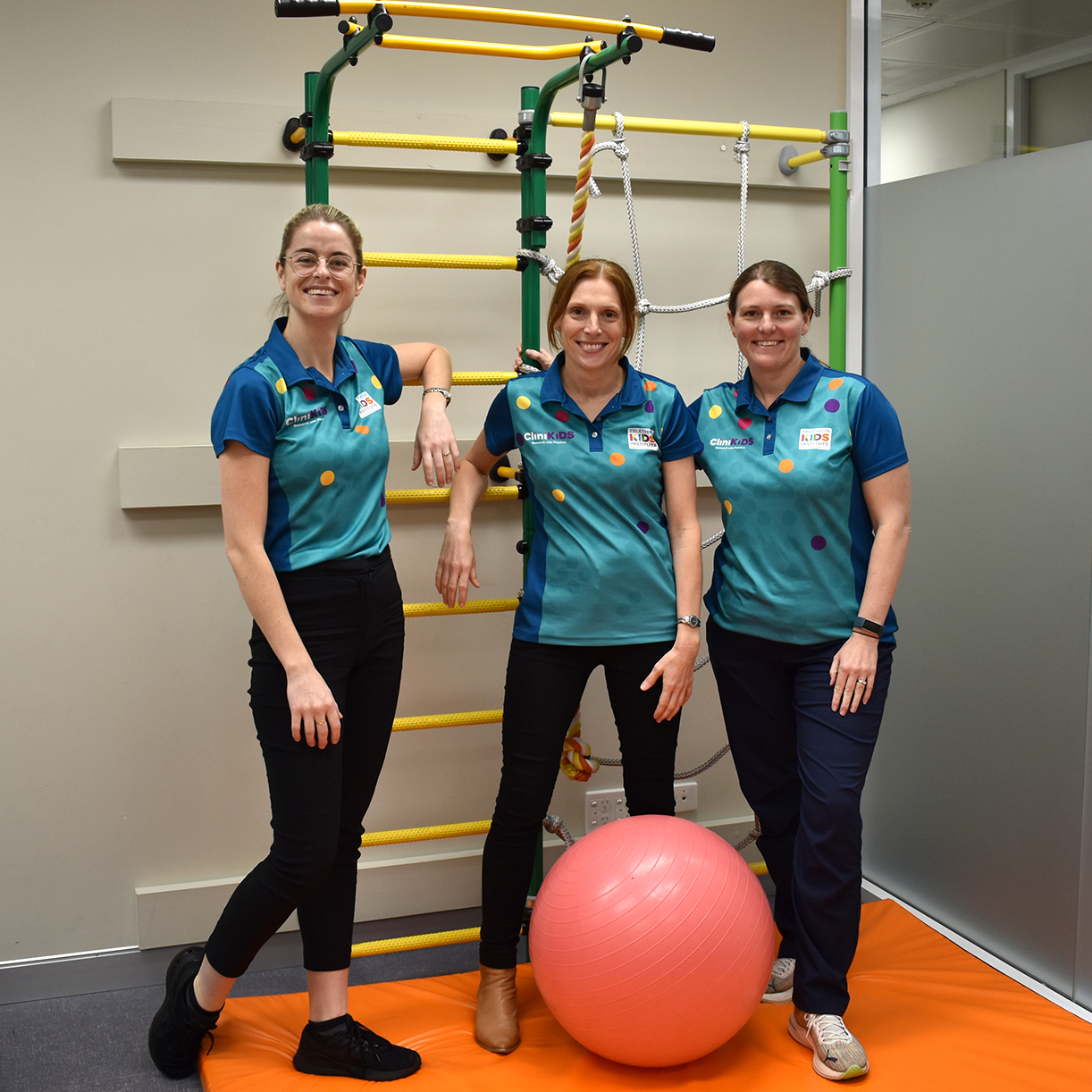Search

Structural determinants of long term functional outcomes in young children with cystic fibrosis BACKGROUND: Accelerated lung function decline in

Quantitative assessment of airway dimensions in youngchildren with cystic fibrosis lung disease using chestcomputed tomography Abstract Objective: To

Lung Clearance Index and Structural Lung Disease on Computed Tomography in Early Cystic Fibrosis Abstract Rationale: The lung clearance index is a

Dissecting the regulation of bile-induced biofilm formation in Staphylococcus aureus. Aspiration of bile into the cystic fibrosis (CF) lung has
Development and validation of a miniaturized bacteriophage host range screening assay against antibiotic resistant Pseudomonas aeruginosa

Elucidating the Interaction of CF Airway Epithelial Cells and Rhinovirus: Using the Host-Pathogen Relationship to Identify Future Therapeutic

Respiratory infection rates differ between geographically distant paediatric cystic fibrosis cohorts ABSTRACT Respiratory infections are a major

As WA's first research collaboration dedicated to mental health, we work across The Kids Research Institute Australia and beyond to do the research that the community wants to see happen.

News & Events
Opinion: We need more education around women's healthWe asked our podcast guest Hayley to recount her experiences navigating the healthcare system for Fibroid Awareness Month.

News & Events
Celebrating our OTsTo celebrate World Occupational Therapy (OT) day, we asked our Occupational Therapists to describe what OT means to them.
